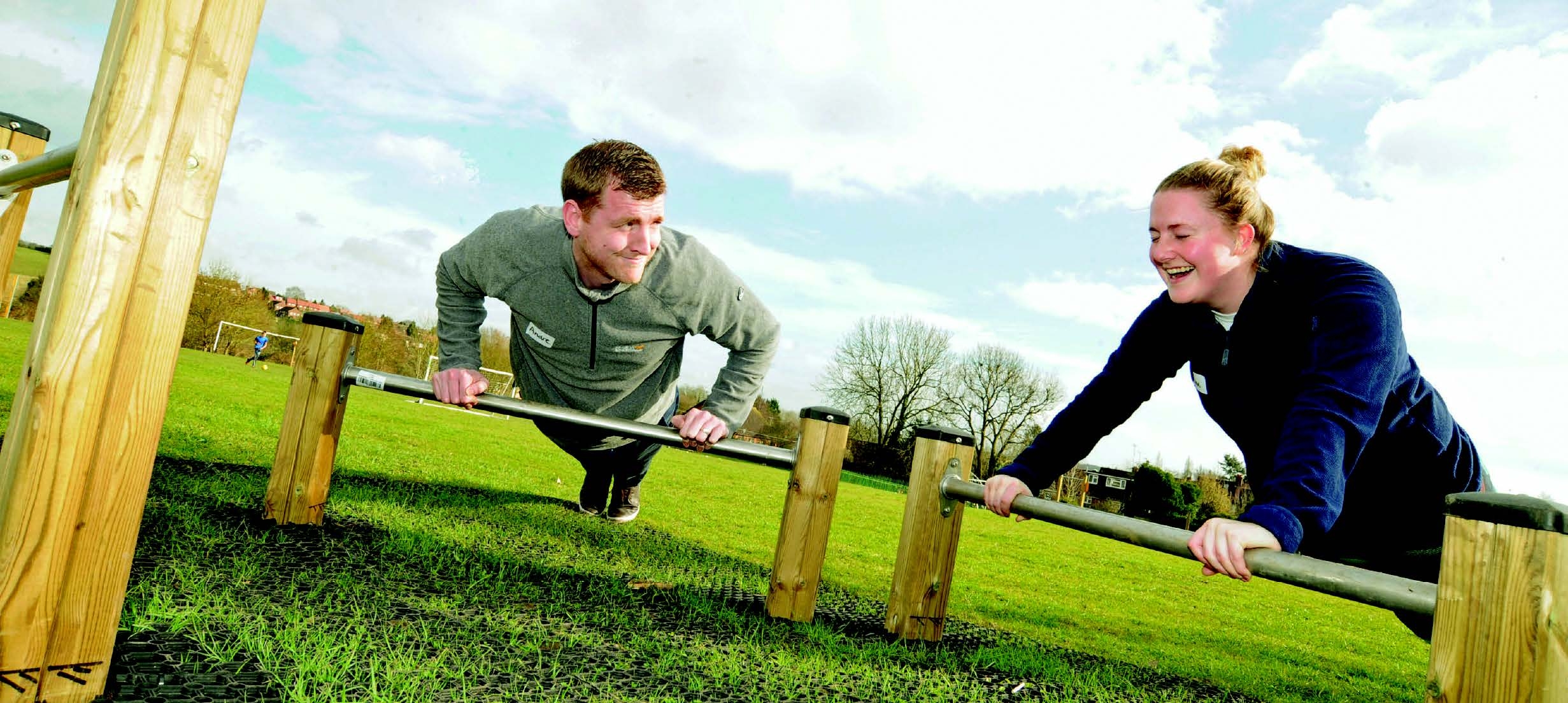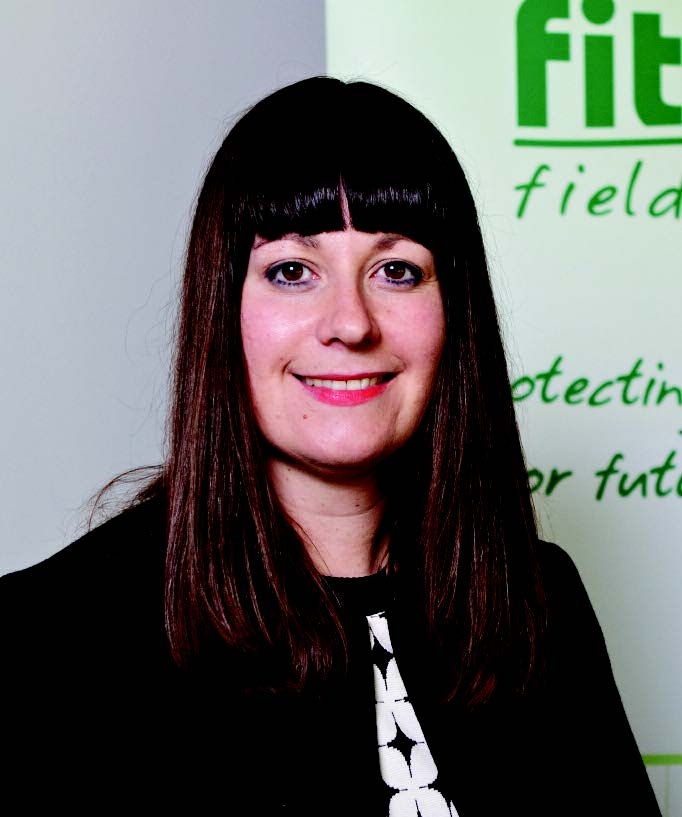
Parks and playing fields are a well-loved part of our local landscape and used by the whole community. Preventing ill-health is vital to the work of local authority Health and Wellbeing Boards. So the conversation should change to recognise the role green space can play in funding prevention, rather than cure and it is crucial to sustaining their future. Unfortunately they are often seen as a drain on resources.
Under threat
Financial pressures mean they are less well maintained and potentially at risk of loss to development. The Heritage Lottery Fund reports that 92 per cent of local authority park departments have experienced budget cuts in the past three years.
Green spaces and health & well being
LMCT commissioned research amongst users of a new park in Rugby, Warwickshire. The results reinforced the importance of local green space in meeting the government's aim of creating a more active nation - an ambition which requires accessible recreational space, both formal and informal.


The Active Spaces project - a programme of protection
Parks and playing fields in residential areas remain a priority for protection at a time when there is pressure on land for new housing. The Active Spaces project has safeguarded 50 green spaces with a Fields in Trust ‘deed of dedication’. This ensures their protection for community use in perpetuity, and will be an encouragement to people, particularly the inactive, to be physically active. We hope this will facilitate a more active nation in line with the government’s sports strategy.
In addition, a LMCT grant will fund £5,000 of on-site activation – this could be walking, cycling or coaching on outdoor gym equipment. An additional grant of £25,000 in each home nation will be awarded to local projects that demonstrate the most significant impact.
We will continue to identify & protect sites that are well loved by their communities
The best way to protect our green spaces is for communities to use them; this programme will activate new users to enjoy parks and playing fields. The associated activity on site can help catalyse a local community to use their recreational space and get active. With ever increasing housing density, local parks are vital spaces to allow inactivate people to take the first steps and undertake physical activity within a safe and inclusive environment.